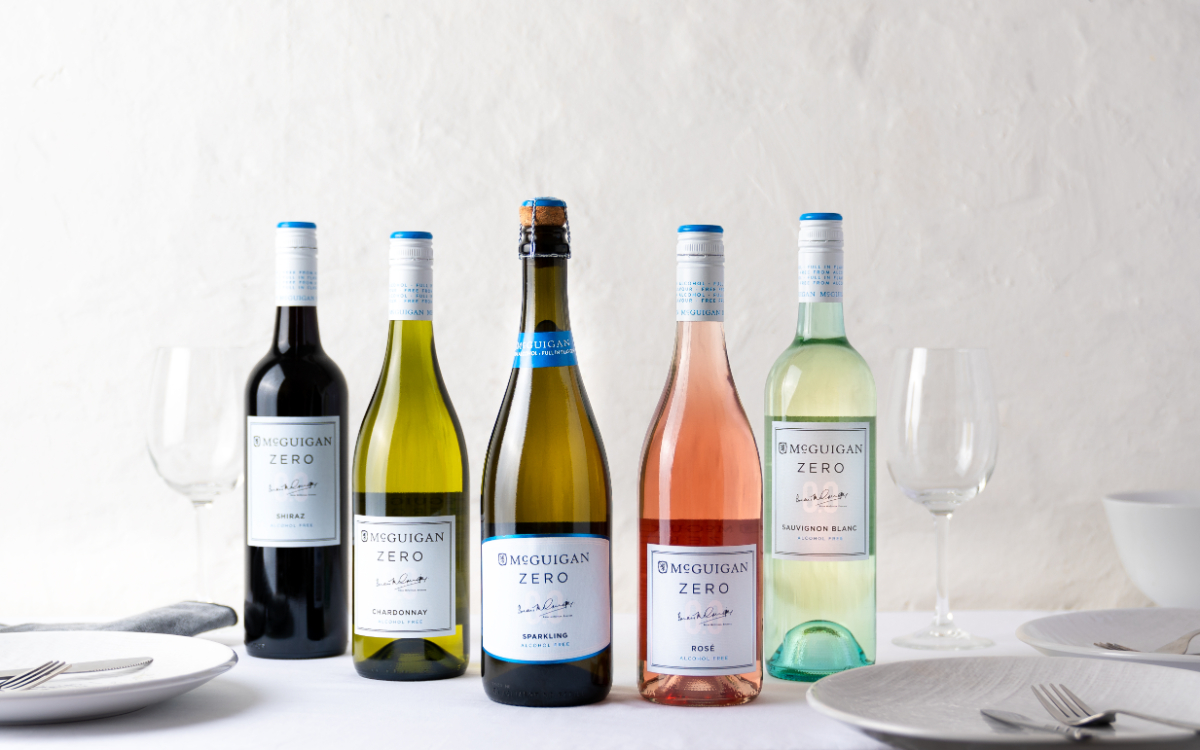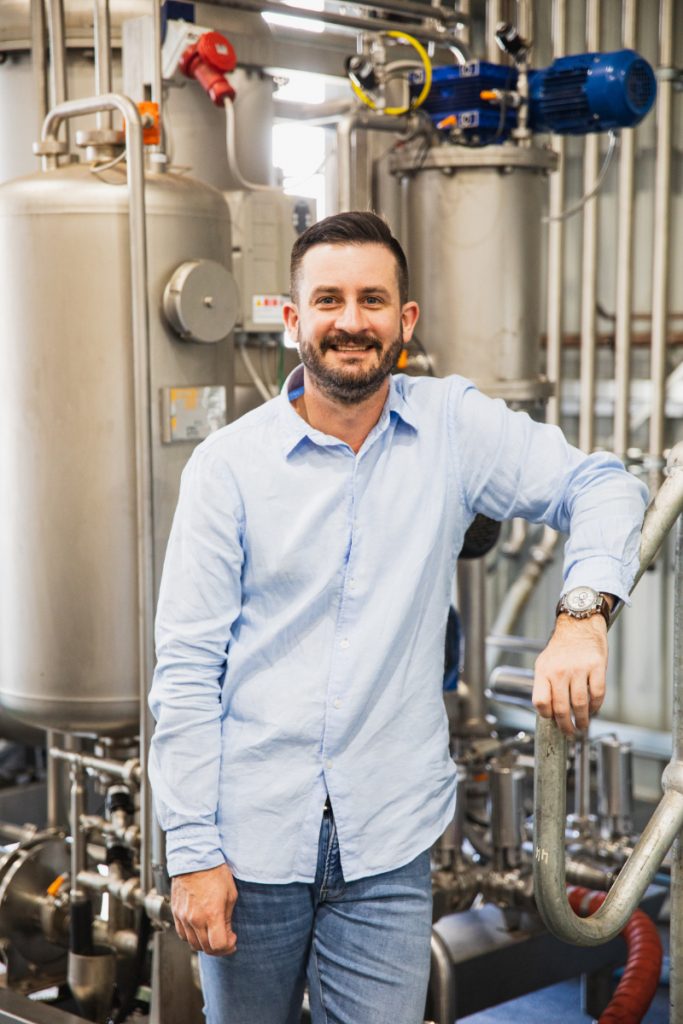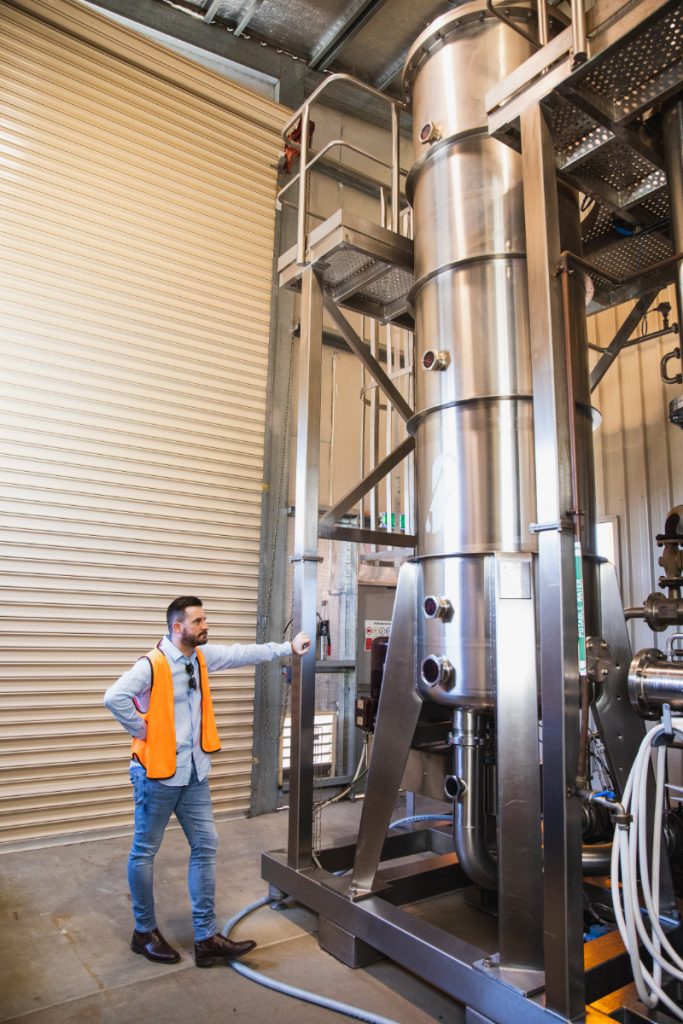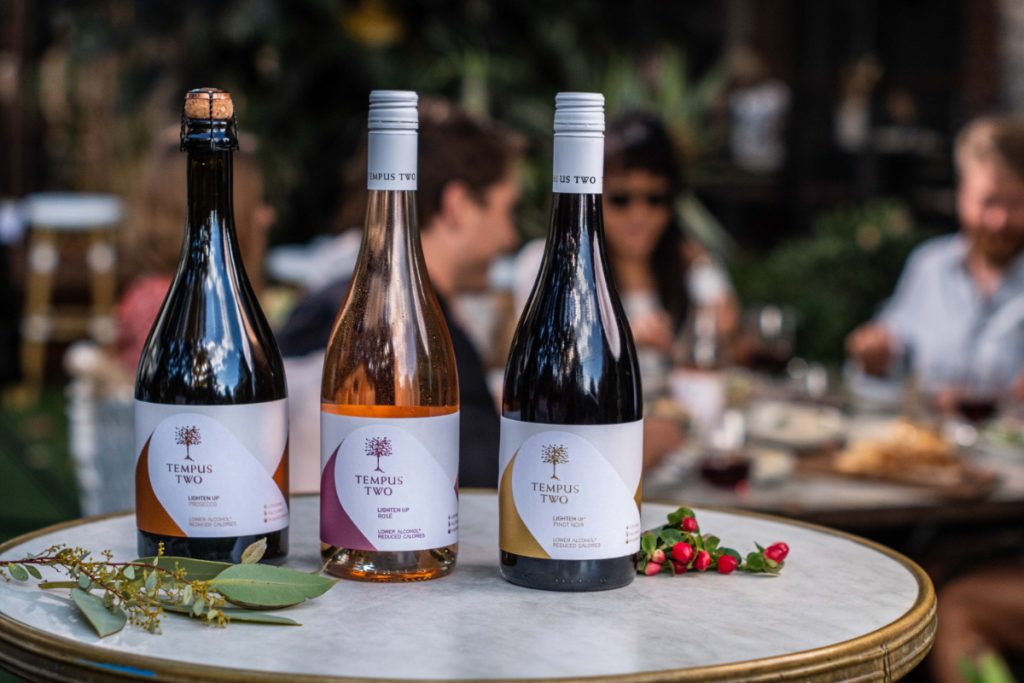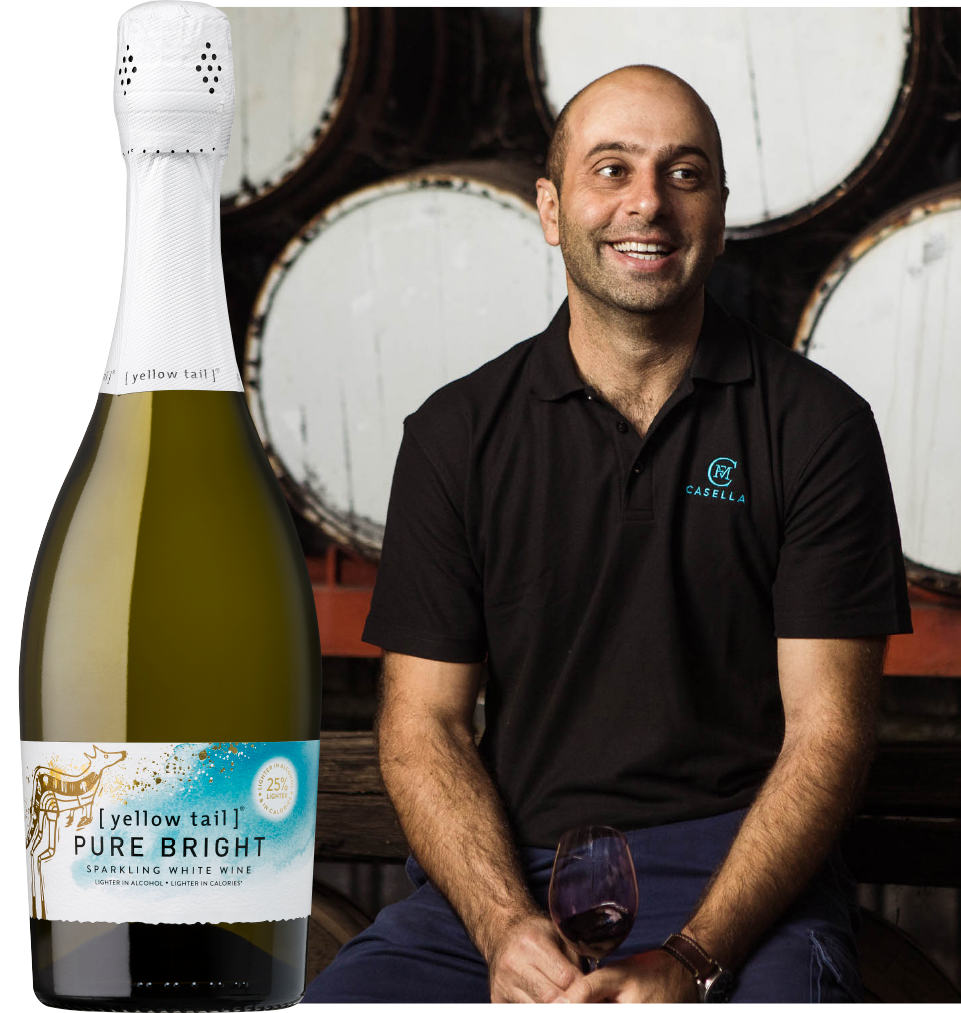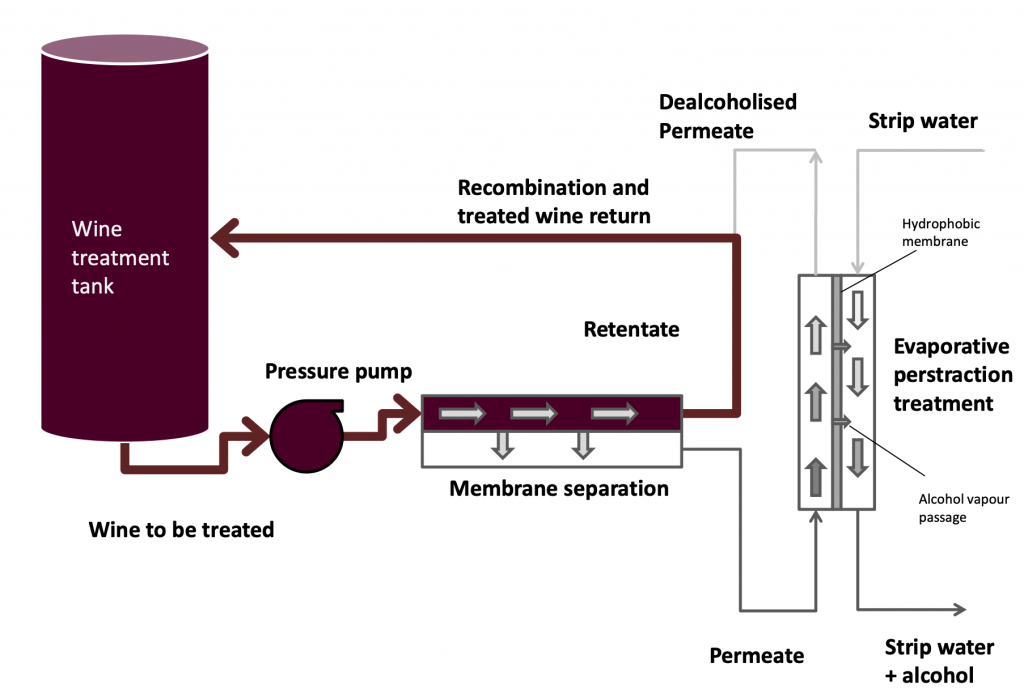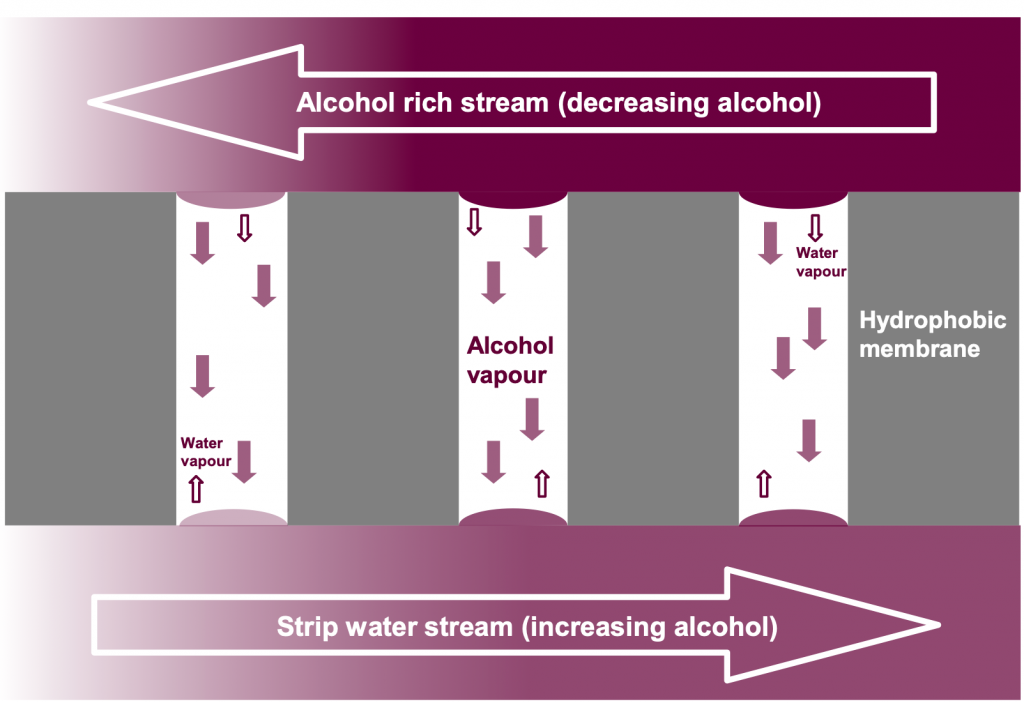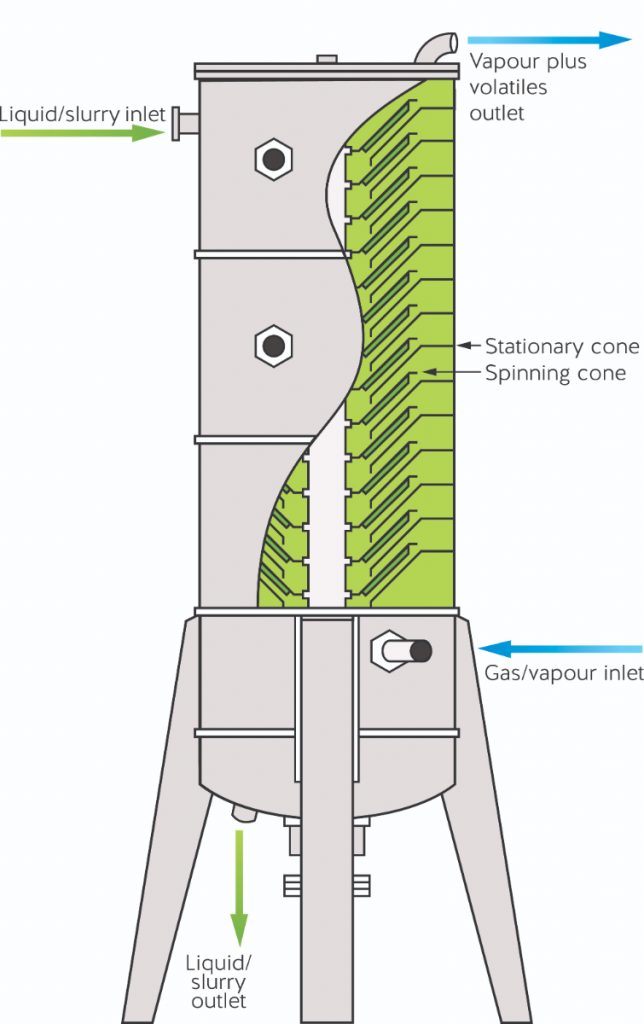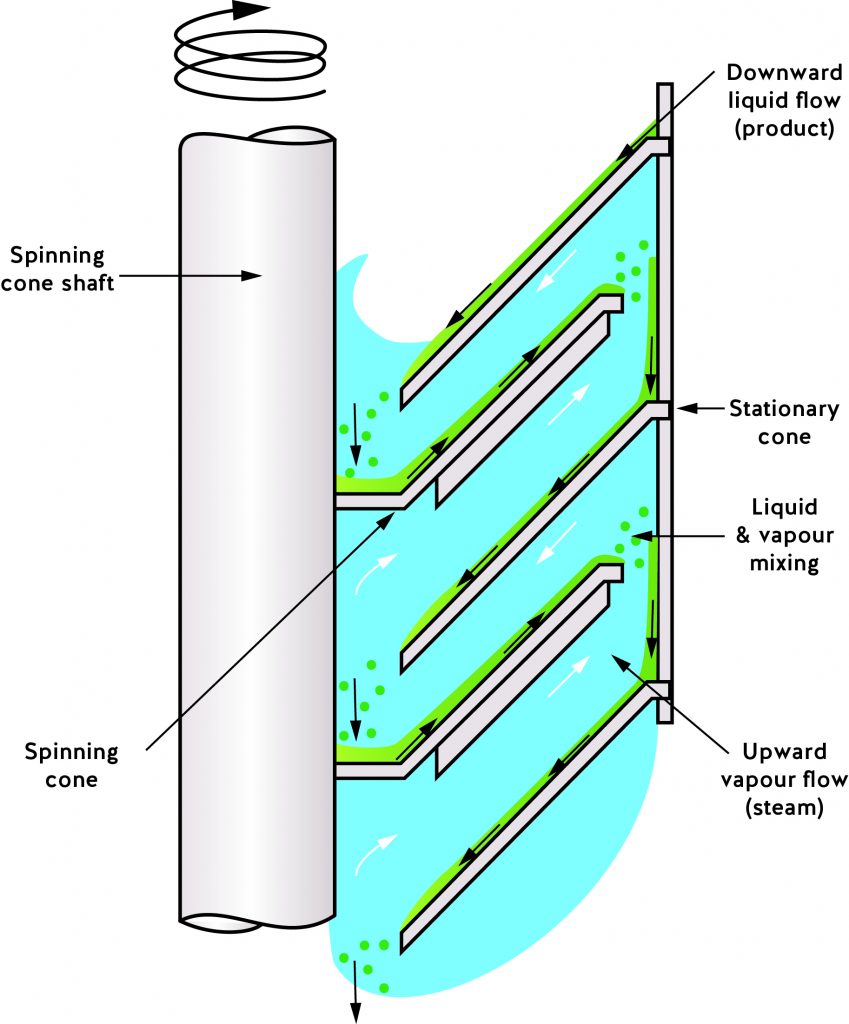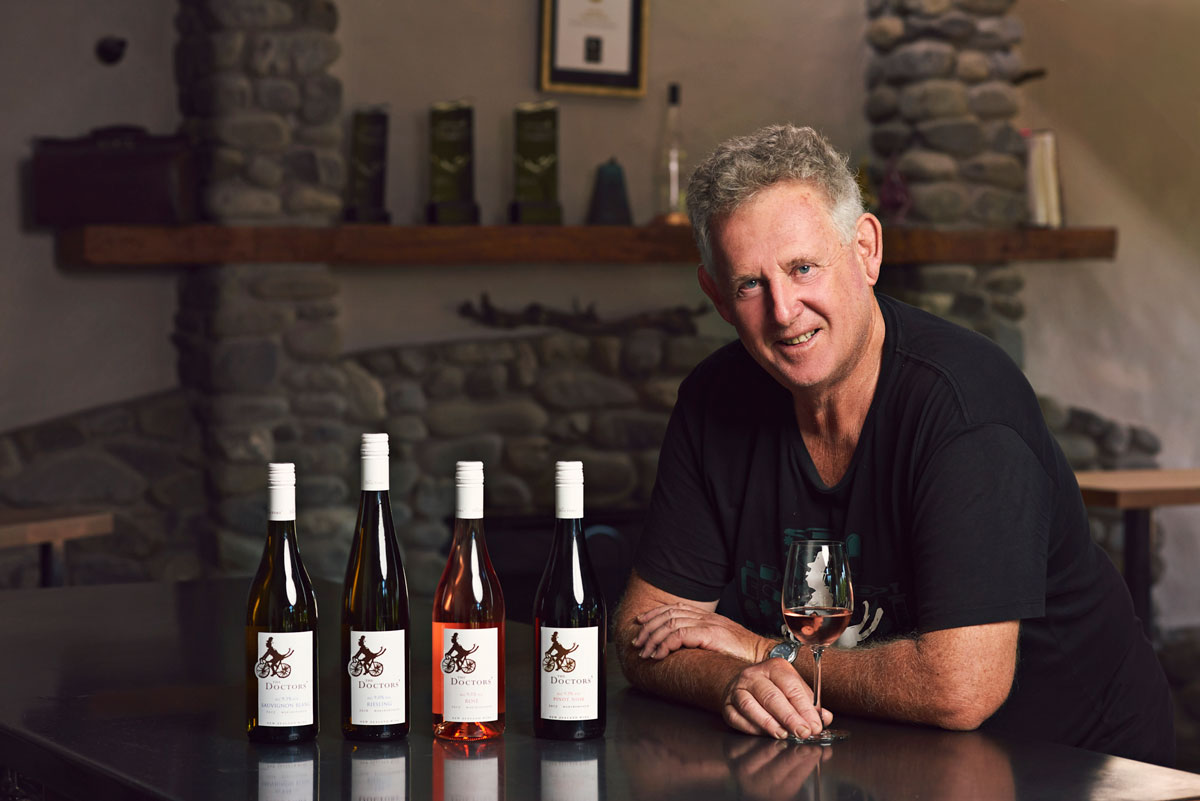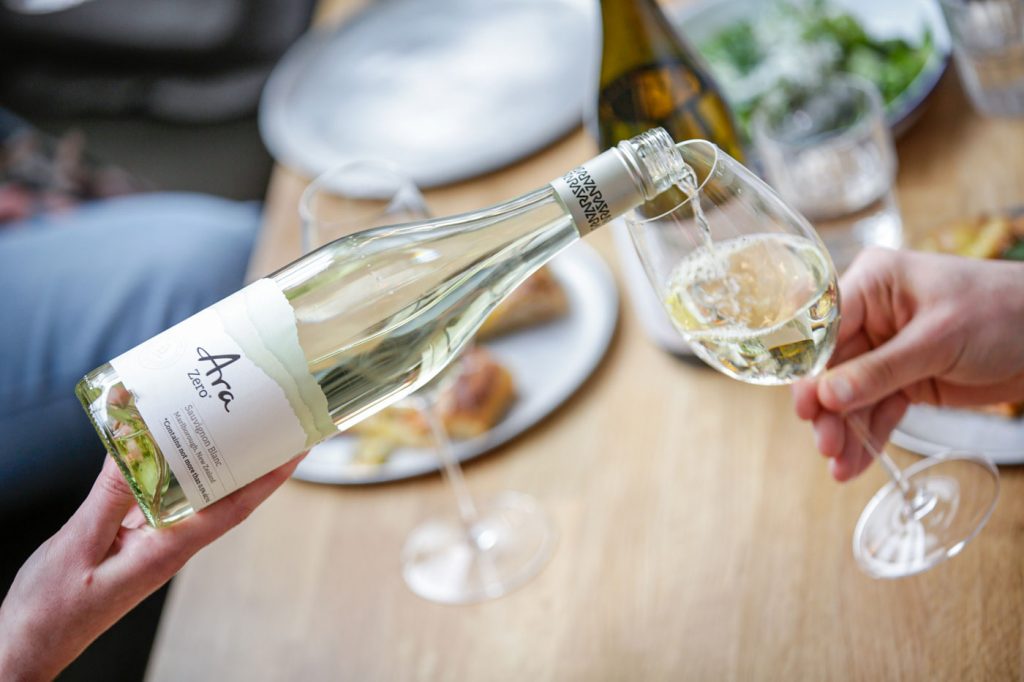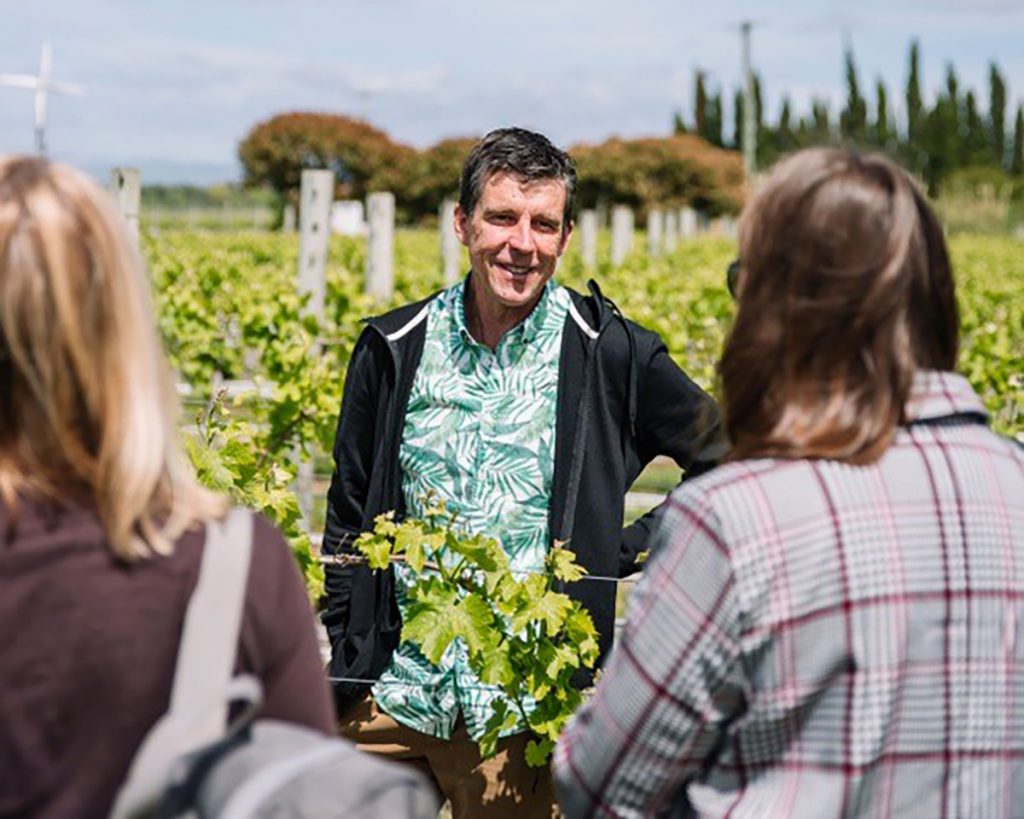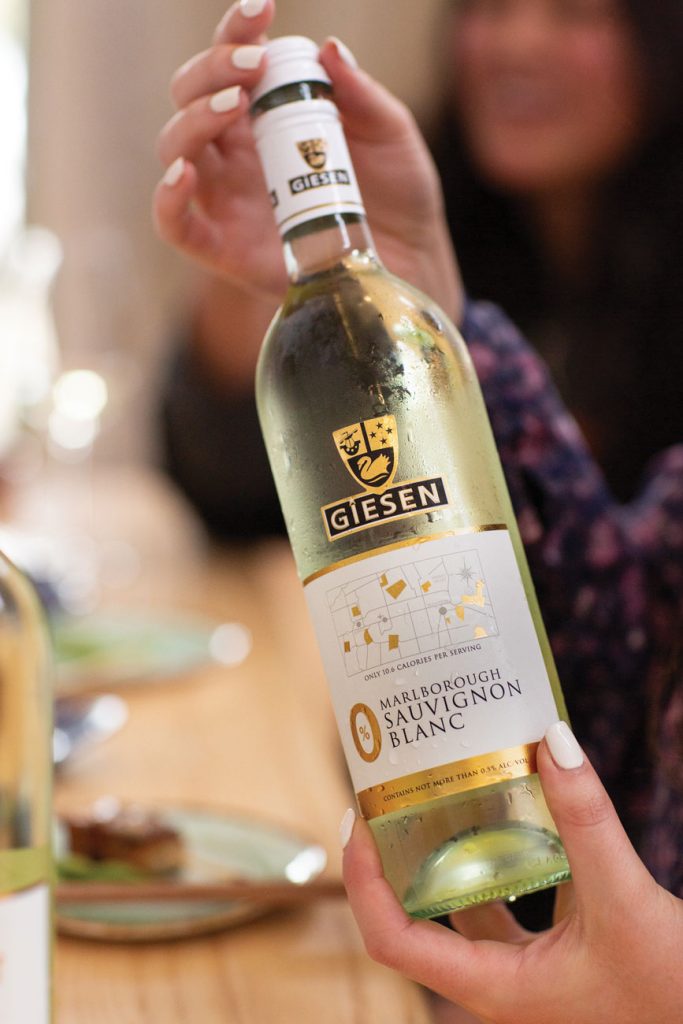Boutique wine producers have taken home many of the gongs at South Australia’s annual wine show with a small Clare Valley winery, established less than 20 years ago, claiming one of the most prestigious trophies.
Naked Run Wines won the Gramp, Hardy, Hill Smith Prize for National White Wine of Provenance for the 2022, 2015 and 2012 vintages of The First Riesling, made from single vineyard fruit grown at Sevenhill.
The Max Schubert AM Trophy for Most Outstanding Red Wine in Show was won by another boutique producer, Sutton Grange Winery from Central Victoria, for their Sutton Grange Estate Syrah 2019. They also won the Best Shiraz and Best Shiraz 2019 and Older trophies.
The Red Wine of Provenance trophy was won by wine industry legend, Hardy’s, for the 2020, 2014 and 2008 vintages of their Eileen Hardy Shiraz.
The George Fairbrother Memorial Trophy for Most Outstanding White Wine in Show was won by Penfold’s for their Penfold’s Bin A Chardonnay 2021. They also took home the Governor’s Trophy for Best South Australian White Wine in Show and Best Chardonnay in Show.
Hentley Farm won the Governor’s Trophy for Best South Australian Red Wine in Show with their The Stray Grenache Shiraz 2021, as well as the Best Other Red Blend in Show title.
For gin drinkers The Champion Spirit of Show trophy was won by Prohibition Liquor Co for their Juniperus Gin.
The full list of winning wines
THE GOVERNOR’S TROPHY for BEST SOUTH AUSTRALIAN WHITE WINE IN SHOW
Won by – Penfolds Wines – Bin A Chardonnay 2021
THE GOVERNOR’S TROPHY for BEST SOUTH AUSTRALIAN RED WINE IN SHOW
Won by – Hentley Farm – The Stray Grenache Shiraz 2021
THE TAFE SA TROPHY for CHAMPION SPIRIT OF SHOW
Won by – Prohibition Liquor Co Juniperus Gin
THE GEORGE FAIRBROTHER MEMORIAL TROPHY for MOST OUTSTANDING WHITE WINE IN SHOW
Won by – Penfolds Wines – Bin A Chardonnay 2021
THE MAX SCHUBERT AM TROPHY for MOST OUTSTANDING RED WINE IN SHOW
Won by – Sutton Grange Winery – Sutton Grange Estate Syrah 2019
THE GRAMP, HARDY, HILL SMITH PRIZE for NATIONAL WHITE WINE OF PROVENANCE
Won By – Naked Run Wines – The First Riesling 2022, 2015, 2012
THE GRAMP, HARDY, HILL SMITH PRIZE for NATIONAL RED WINE OF PROVENANCE
Won By – Hardys Eileen Hardy Shiraz 2020, 2014, 2008
The 2022 Royal Adelaide Wine Show Trophy Results
THE AFFINITY LABS TROPHY for BEST RIESLING IN SHOW
Won by – Grant Burge – The Vigneron Reserve Riesling 2017
THE SEGUIN MOREAU TROPHY for BEST CHARDONNAY IN SHOW
Won by – Penfolds Wines – Bin A Chardonnay 2021
THE FINLAYSONS TROPHY for BEST SEMILLON IN SHOW
Won by – Tyrrells Vineyards – Vat 1 Semillon 2013
THE BDO TROPHY for BEST DRY WHITE BLEND IN SHOW
Won by – Robert Oatley Vineyard – Robert Oatley Signature Series Margaret River Sauvignon Blanc Semillon 2022
THE ARKABA CELLARS TROPHY for BEST SAUVIGNON BLANC IN SHOW
Won by – Dural Wines – Saint & Scholar Sauvignon Blanc 2022
THE PROGRAMMED PROPERTY SERVICES TROPHY for BEST OTHER VARIETAL WHITE IN SHOW – Won by Tomfoolery Wines – Fox Whistle Pinot Gris 2022
THE BRAUD AUSTRALIA TROPHY for BEST SWEET WHITE TABLE WINE IN SHOW
Won by – De Bortoli Wines – Noble One Semillon 2020
THE PIPER ALDERMAN TROPHY for BEST ROSE IN SHOW
Won by – Paulett Wines – Sangiovese Rose 2022
THE HURTLE & NORMAN WALKER TROPHY for BEST SPARKLING WINE IN SHOW
Won by – Golding Wines – Marjorie Blanc De Blancs Chardonnay 2016
THE LALLEMAND TROPHY for BEST PINOT NOIR IN SHOW
Won by – Coles Liquor – James Busby ‘Vineyard Series’ Tasmania Pinot Noir 2021
THE TILBROOK RASHEED TROPHY for BEST GRENACHE IN SHOW
Won by – Seppeltsfield Wines – Barossa Grenache 2022
THE RADOUX AUSTRALIA TROPHY for BEST OTHER RED BLEND IN SHOW
Won by – Hentley Farm – The Stray Grenache Shiraz 2021
THE WINE COMMUNICATORS OF AUSTRALIA, SA CHAPTER TROPHY for BEST SHIRAZ IN SHOW
Won by – Sutton Grange Winery – Sutton Grange Estate Syrah 2019
THE PROFESSOR A.J. PERKINS TROPHY for BEST CABERNET SAUVIGNON IN SHOW
Won by – Xanadu Wines – Cabernet Sauvignon 2020
THE KARL SEPPELT AO TROPHY for BEST OTHER VARIETAL RED IN SHOW- Won by Peter Lehmann Wines – Hill & Valley Tempranillo 2021
THE ORORA CLOSURES TROPHY for BEST SHIRAZ 2019 VINTAGE AND OLDER
Won by – Sutton Grange Winery – Sutton Grange Estate Syrah 2019
THE DOREAU AUSTRALIA TROPHY for BEST SHIRAZ 2020 VINTAGE AND YOUNGER
Won by – Pinnacle Drinks – Barebones Great Western Shiraz 2021
THE DR RAY BECKWITH OAM MEMORIAL TROPHY for BEST TRADITIONAL AUSTRALIAN RED BLEND IN SHOW
Won by – Majella Wines – The Musician Cabernet Sauvignon Shiraz 2021
THE JOHN FORNACHON MEMORIAL TROPHY for BEST APERA, TOPAQUE, MUSCAT OR SWEET WHITE IN SHOW
Won by – Morris Wines – Old Premium Muscat
THE IN DAILY TROPHY for BEST AUSTRALIAN VINTAGE, TAWNY OR RUBY IN SHOW
Won by – Morris Wines – Old Premium Tawny

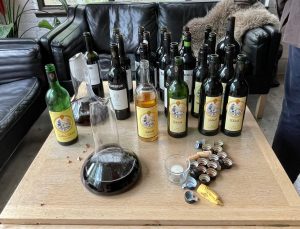
 Each year since 1988, the influential and prestigious US Wine Spectator magazine has released its Top 100 list, where the editors select the most exciting wines from the more than 12,500 they reviewed during 2021. Pictured left is the number one wine from the Napa Valley.
Each year since 1988, the influential and prestigious US Wine Spectator magazine has released its Top 100 list, where the editors select the most exciting wines from the more than 12,500 they reviewed during 2021. Pictured left is the number one wine from the Napa Valley.